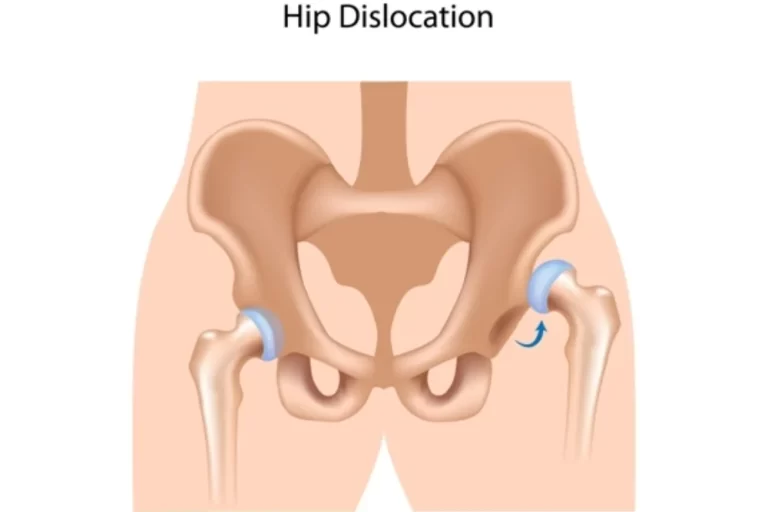17 Best Exercises for Scapula Protraction and Retraction
Introduction Scapula protraction and retraction exercises play a vital role in improving shoulder stability, posture, and upper body strength. The scapula, or shoulder blade, is involved in many upper body movements, and its proper function is essential for pain-free motion and injury prevention. Protraction involves moving the shoulder blades away from the spine, while retraction…










